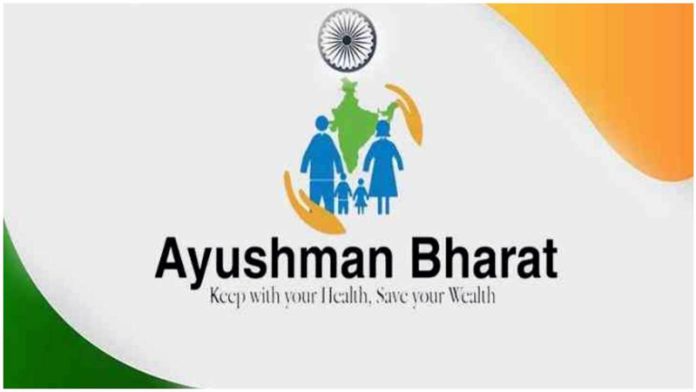Viksit Bharat Sankalap Yatra in 50 days has already covered 250,000 villages; over one crore individuals have received ‘Ayushman’ cards to avail themselves of the government’s health insurance scheme for the economically disadvantaged. Additionally, 1.25 crore individuals underwent health assessments, with over 70 lakh subjects screened for tuberculosis. The current administration has strategically concentrated its efforts on ameliorating the plight of marginalised segments within society. Initiatives such as crop insurance, farm labourer insurance, and an array of other measures have been instituted to fortify the vested interests of farmers as well. The provisioning of gratuitous food grains and the meticulous attention accorded to the health of an expansive populace stand as commendable achievements facilitated by the tenure of Prime Minister Modi’s government.
While these cards were originally designated for the BPL category nationwide, the UT of J&K has been uniquely embraced, with the entire population, a full 100%, enveloped under the ambit of this benevolent scheme. In a landscape where the exorbitant costs of contemporary medical expenses are beyond the means of a majority, this singular initiative has provided a seamless avenue for medical care, conveniently reaching the doorsteps of the populace. Noteworthy is the inclusion of virtually all private hospitals within the Ayushman card network, thereby affording cardholders access to treatments. Common ailments, ranging from cataracts to gallbladder stones and more intricate maladies, are being addressed through surgeries. Even within government healthcare institutions, the arrangement of costly medications for Ayushman cardholders is underway. Distinct counters dedicated to facilitating such privileges are operational in each hospital.
The burgeoning predicament of protracted waiting lists for minor surgeries in government hospitals, coupled with the exorbitant fees for doctors and operations in private healthcare facilities, posed a formidable challenge. In response, the government proffered a solution through the introduction of the Ayushman Bharat Pradhan Mantri Jan Arogaya Yojna (AB-PMJAY) in 2017, eliciting a collective sigh of relief from the entire Indian populace. This initiative, borne out of a commitment to inclusivity, strives to establish a comprehensive and need-centric healthcare system with a specific focus on the economically disadvantaged. The heartening outcome is the immediate accessibility of medical facilities for the most impoverished citizens, not only within government setups but also in private establishments, all at zero cost. The possession of an Ayushman Bharat card is the sole prerequisite for availing of these services, marking a laudable accomplishment.
This service is now encapsulated under the Public Service Guarantee Act, and the overarching achievement is reflected in UT’s commendable standing in the Health Index list of Niti Ayog among larger states. The introduction of transformative initiatives such as e-SAHAJ, SEHAT, Tele-MANHAS, and various other strategic measures has injected vitality into the healthcare landscape of the UT.
Not only health insurance but medicines at affordable rates are being provided under Jan Aushadi Stores. A success narrative that commenced in 2014 with the inception of Jan Aushadi Stores underwent a rebranding in 2016 as the Pradhan Mantri Bhartiya Janaushadi Pariyojana (PMBJP). The trajectory of this journey has been nothing short of remarkable, evolving from a modest 80 stores to an impressive network of thousands of outlets. By any metric, this saga stands as a genuine success story achieved in record time. The pharmaceutical offerings available at these centres are priced significantly lower-ranging from 50% to 90% less than their commercially branded counterparts. Importantly, all these medicines adhere to rigorous quality standards, being WHO-GMP and NABL-certified. Over the past few years alone, an impressive sum of thousands of crores of public funds has been conserved through the operations of these centres. Beyond the economic impact, this initiative provides an excellent avenue for youth, with guaranteed incentives of 20% and 15% for the proprietors, accompanied by additional benefits. Healthcare has never been so robust in India in the past.


